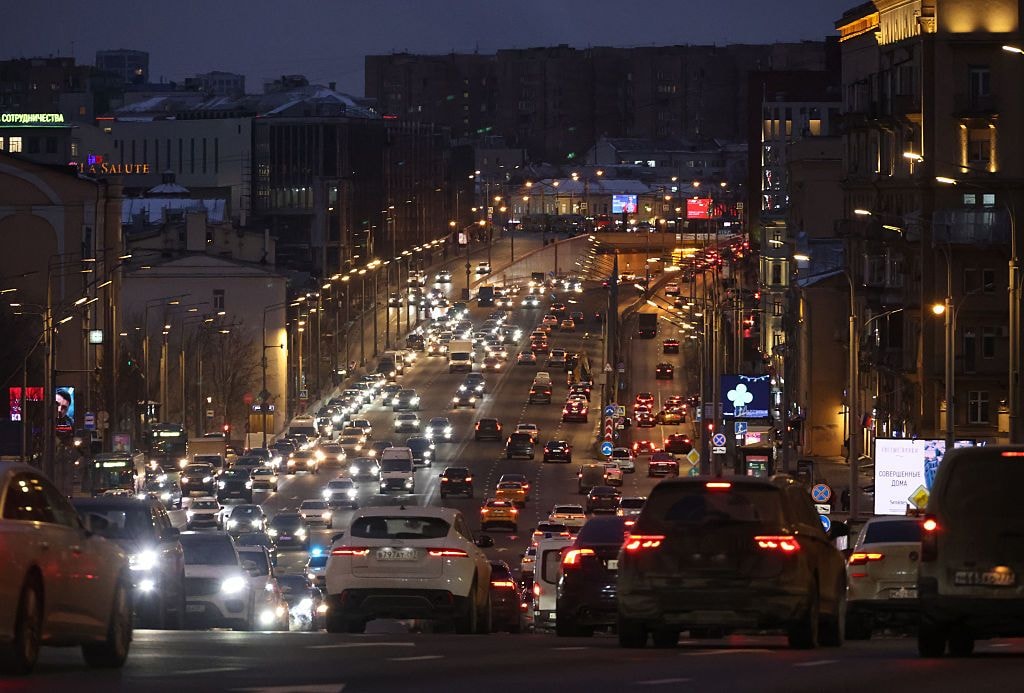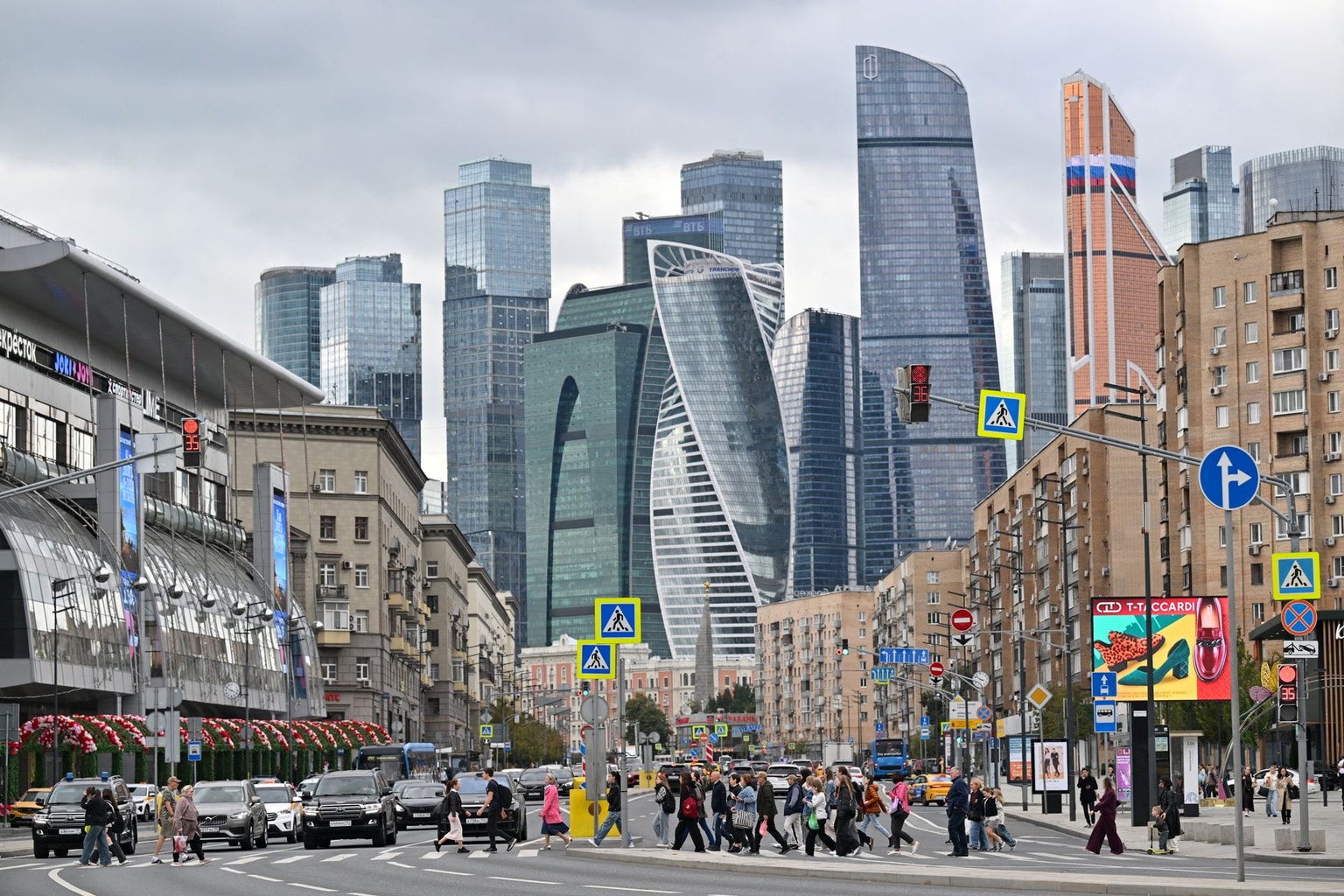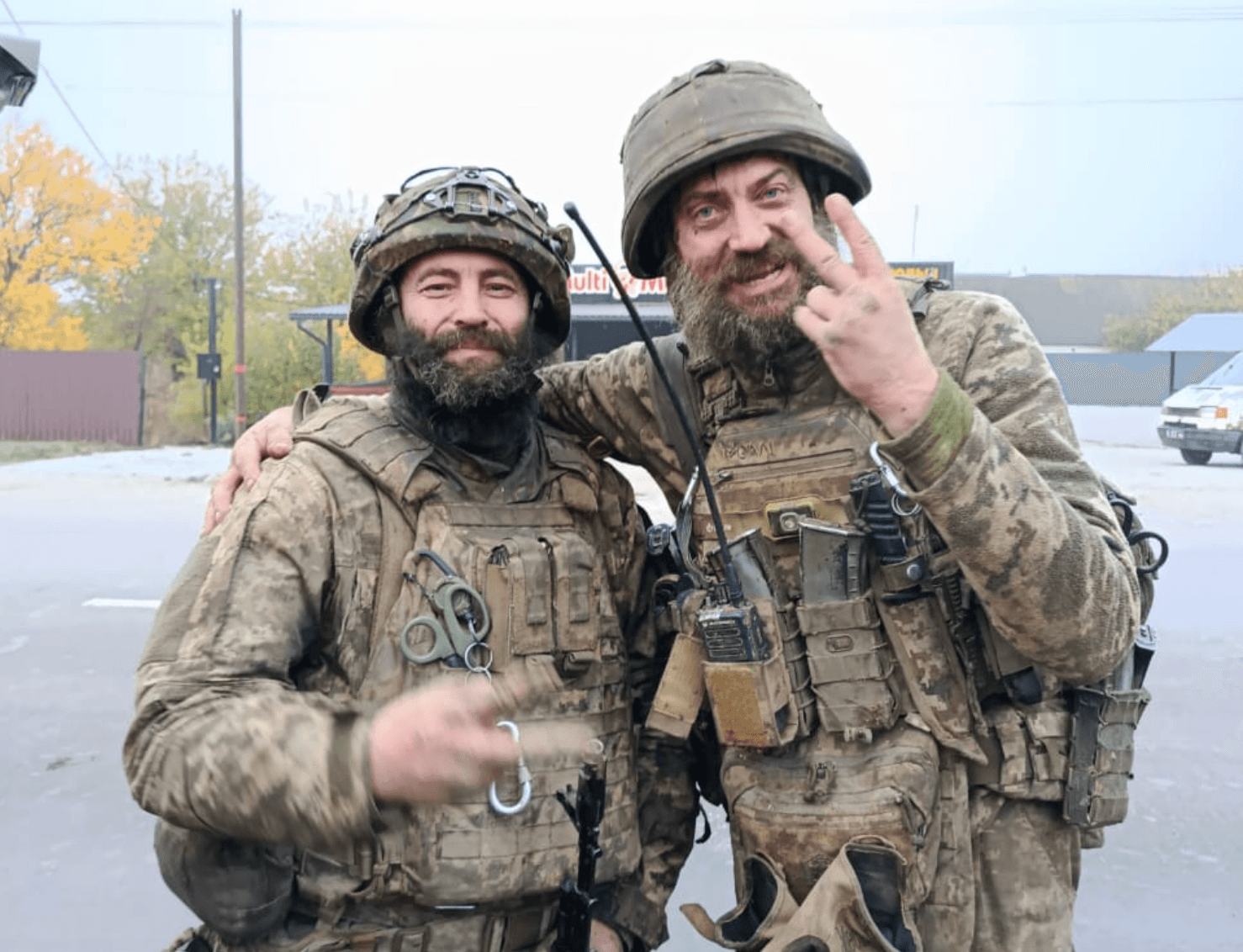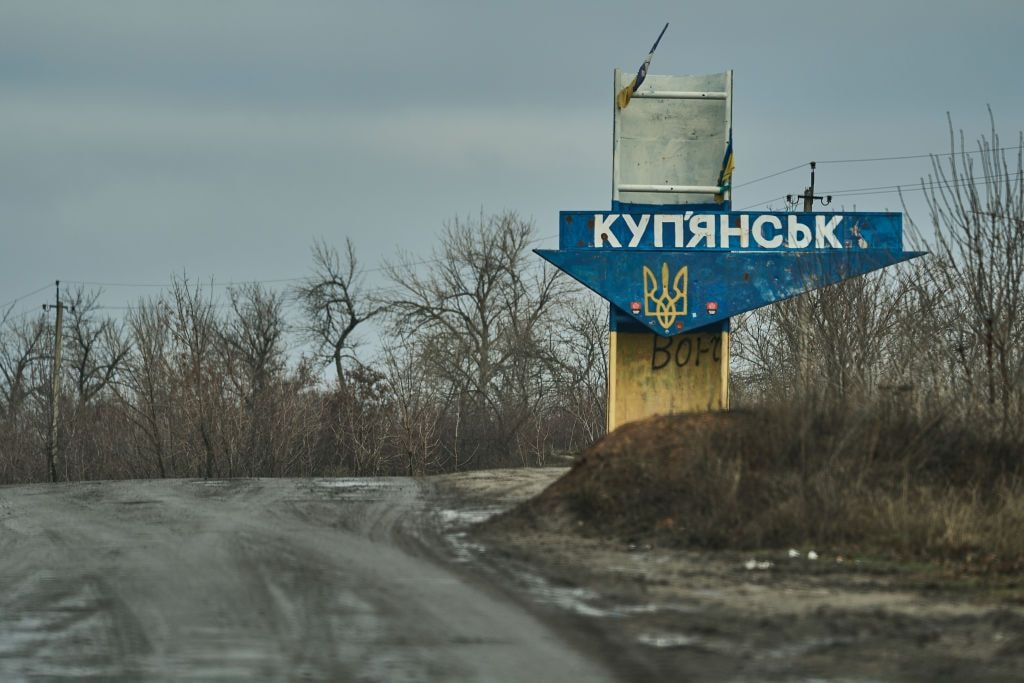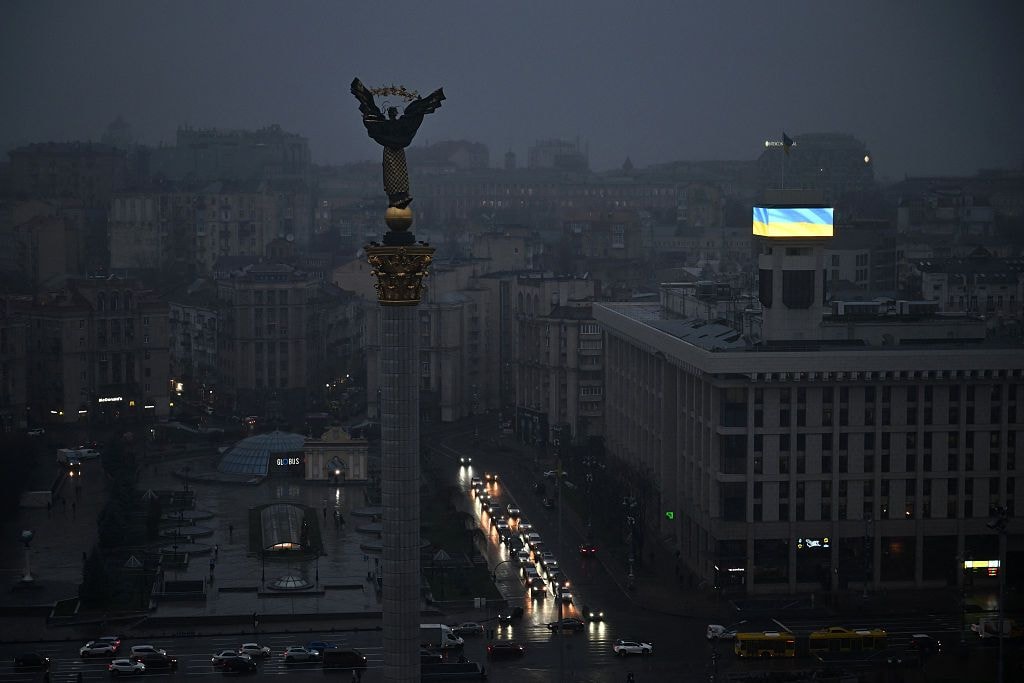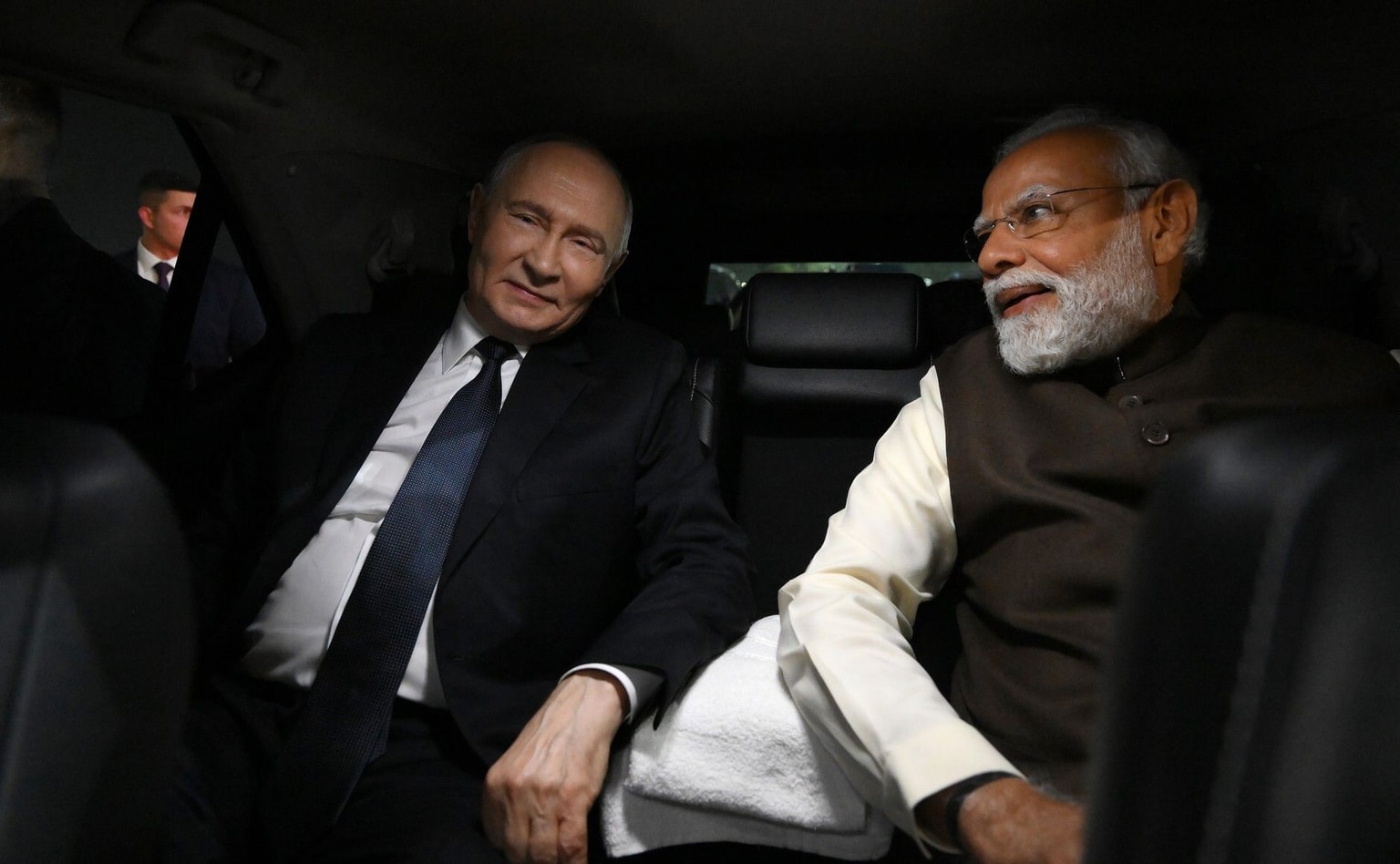Ukraine’s defense of Pokrovsk on a knife-edge as high command resists calls to withdraw
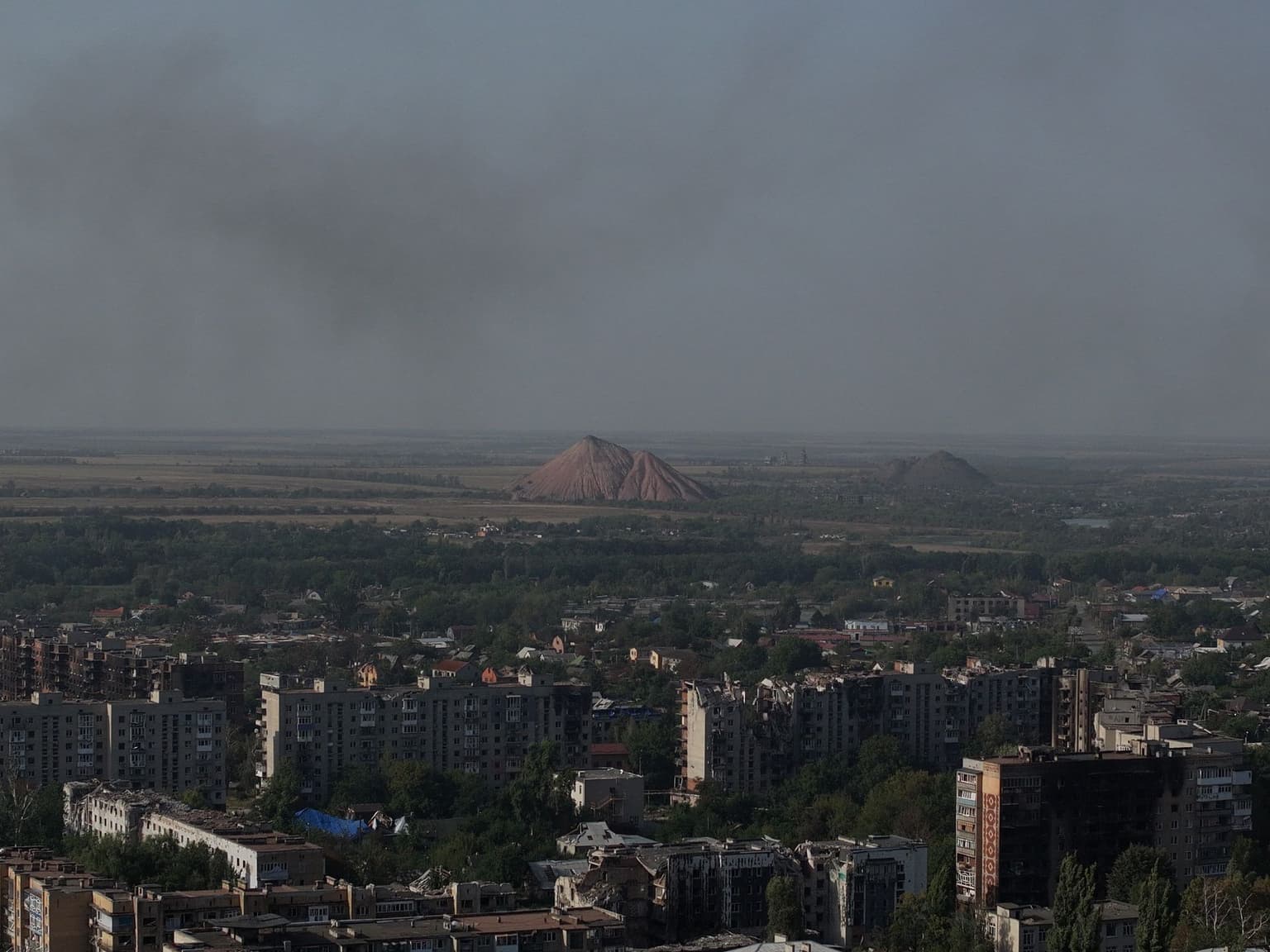
Ukrainian forces continue to stubbornly defend the pocket around Pokrovsk and Myrnohrad, despite relentless Russian assaults in and around the two cities, leading to an ever-increasing threat of encirclement.
Over two weeks since Russian soldiers were filmed breaking into the urban area of the mining city in Donetsk Oblast en masse, the city has descended into a deep gray zone, in which the concept of territorial control is lost in a fog of chaotic movement.
"The situation hasn't changed that much in Pokrovsk," a Ukrainian drone pilot fighting in the area, who spoke on the condition of anonymity, told the Kyiv Independent.
"It’s a mess, with a bunch of our soldiers and a bunch of bastards and all of them mixed together."
With more and more Russian forces flowing into Pokrovsk, after Ukrainian lines on the southern outskirts of the city quickly disintegrated, reversing the situation with large-scale clearing operations looks to be an increasingly impossible task.
Meanwhile, for the neighboring industrial city of Myrnohrad, which the brigades deployed have continued to hold despite an ever-worsening logistical nightmare, the threat of encirclement has only increased.

Urban mess
As of Nov. 6, most of the urban area of Pokrovsk remains in a contested "gray zone" according to most open-source battlefield maps, including the Deep State map, widely trusted in Ukraine.
Although both the gray zone and the areas assessed as firmly under Russian control have expanded over the past week, Ukrainian positions are still present inside the city, intermixing and overlapping with streets and buildings taken by Russian soldiers.
Ultimately, because of the nature of the fight in the city, talk of an encirclement of Pokrovsk itself is inaccurate, Deep State co-founder Roman Pohorilyi, said.
"Logistics are the most important thing here, because they are what defines an encirclement, which bloggers and analysts try to determine," he said.
"But in reality, Pokrovsk is simply being absorbed; enemy soldiers are seeping in and setting up positions."

As Russia’s small assault and infiltration groups continue to move north through Pokrovsk and beyond, the lack of a stable Ukrainian line of defense makes Ukrainian drone teams increasingly vulnerable to being assaulted and caught in firefights themselves.
This, said the drone pilot, disrupts their ability to focus on their own work, which is crucial for maintaining the kill zone that slows, if not stops, Russian advances.
The Ukrainian defense is also hampered by Russian drone strikes on logistics further back in the rear, with dozens of drone teams from Russia’s elite Rubicon school deployed to the front-line hotspot.
"Thirty days ago, at an intersection on our way to positions, there was only one of our destroyed cars there, close to the enemy," Artem Fysun, a member of the Peaky Blinders drone unit, redeployed to the Pokrovsk area in summer, told the Kyiv Independent.
"When I left the position, there were up to a dozen of our cars; in such a short period of time, in less than a month, the enemy has already destroyed a significant amount of our equipment."
Conflicting realities
With winter and the cooldown of fighting that will likely come with it just around the corner, the battle of Pokrovsk has taken on a clear political significance, with both Ukraine and Russia keen to round off the year’s campaign with a major success story.
Russian President Vladimir Putin’s premature claim on Oct. 29 that Pokrovsk — as well as Kupiansk in Kharkiv Oblast — was already surrounded by Russian forces of the importance placed on the capture of Pokrovsk by Moscow.
Meanwhile, as he has done with front-line flashpoints throughout the full-scale war, President Volodymyr Zelensky’s visit to Ukrainian commanders in the Pokrovsk area entrenched the "fortress" mentality that had characterized the defenses of other Donetsk Oblast cities, especially Bakhmut and Avdiivka.
But just like with those cities, the near-encirclement of the Pokrovsk pocket by Russian forces has also led to sharp criticism within Ukraine of the decision to defend the city at all costs.
"If someone does not sign an order to withdraw troops from Pokrovsk and Myrnhohrad in the near future, we may find ourselves in a situation where we will not only lose a significant number of highly motivated paratroopers and marines," journalist and volunteer Vitalii Deineha, co-founder of the Come Back Alive fund, wrote on Facebook.
"We may find ourselves in a situation where there is no one to patch the hole in the front, and the fortifications dug in our rear will quickly fall to the enemy."

With less than five kilometers of drone-infested fields north of Pokrovsk left connecting Myrnohrad and the surrounding area, logistics into the pocket has become increasingly fraught.
One Ukrainian battalion commander, who also spoke to the Kyiv Independent on the condition of anonymity due to the unsanctioned nature of his comments, said that during recent rotations, his infantrymen came into direct firefights with Russian soldiers on several occasions.
According to the commander, the density of Russian drones and mines is so high in the area that no vehicles are able to pass through the corridor, and even unmanned ground vehicles — often used in such conditions — usually don’t survive the trip.
On top of the political importance attached by Kyiv to holding Pokrovsk, the reluctance to save lives by ordering a timely withdrawal is linked to the systemic culture of "not one step back," commonly associated with the leadership of Commander-in-Chief Oleksandr Syrskyi.
This, together with the associated problem of false reporting of tactical developments up the command chain, threaten to facilitate an optimistic narrative among the military and political leadership while the situation continues to deteriorate on the ground.
"The reports of the General Staff sent upwards are made up of more and more lies every day," Deineha wrote.
"In fact, we have practically lost Pokrovsk, which means that there is no point in holding Myrnohrad either. We must acknowledge this, and work to save those who refuse to leave without an order."
Fight to the end
For as long as the Russian pincers fail to properly close, the Pokrovsk pocket — i.e. Myrnohrad and the surrounding area — continues to hold.
In the meantime, on top of the visits of Zelensky and Syrskyi to the front, Ukrainian forces have carried out a couple of flashy operations to let the nation know that the fight is not lost.
On Oct. 31, reportedly under the personal command of General Kyrylo Budanov, Ukrainian special forces of the country’s military intelligence (HUR) landed a Black Hawk helicopter under cover of darkness near Pokrovsk.
Further details of the mission, from its objective to its outcome, were not disclosed, but at the scale the landing carried out at — reportedly two special forces platoons — it was not a force capable of clearing a large urban area like Pokrovsk.
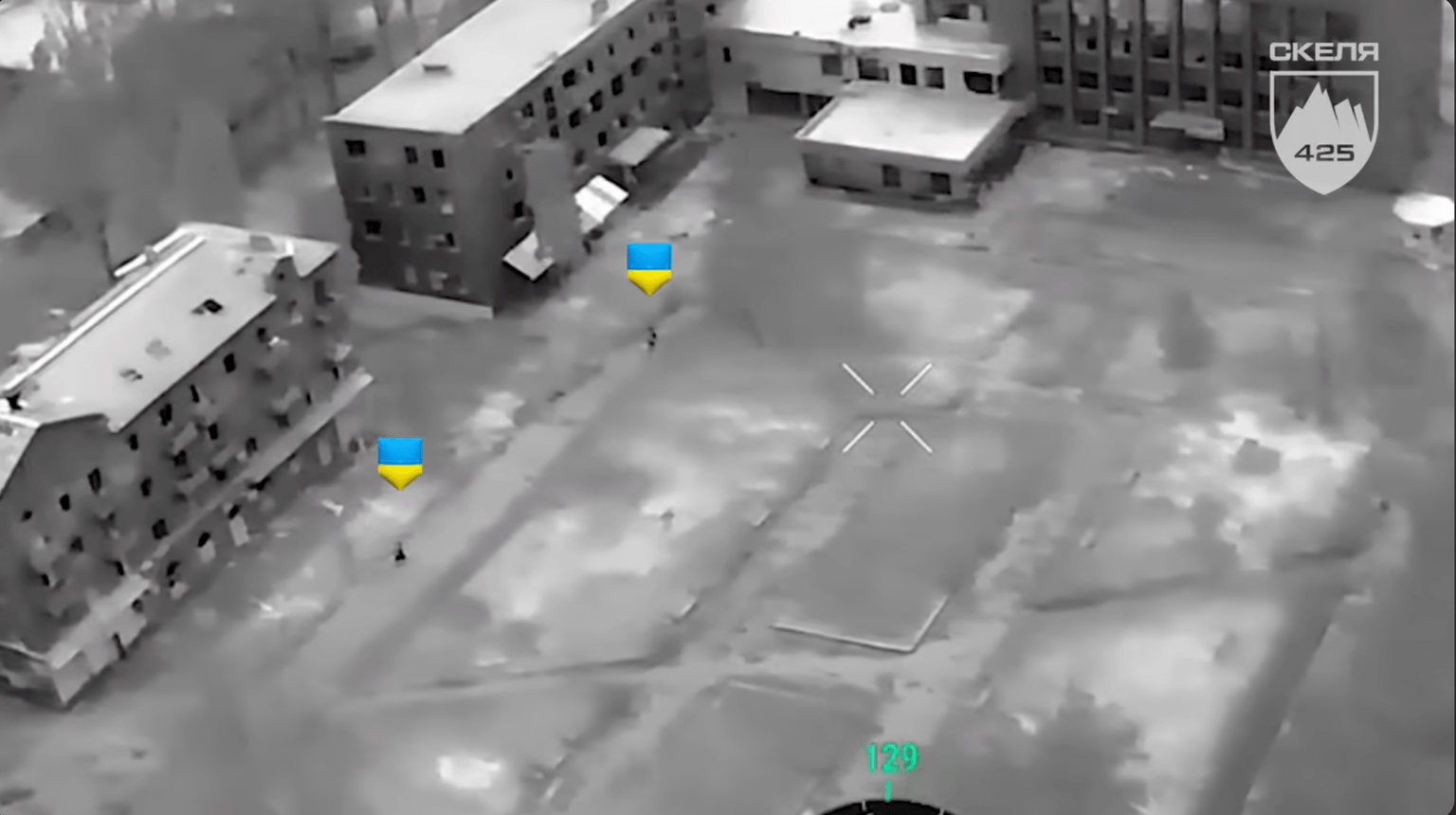
The next week on Nov. 6, the Skelia Assault Regiment, one of the largest units of the controversial new Assault Forces, published a video showing the planting of the Ukrainian flag above the city council building of the city.
Typical of a practice of "flag-raising" carried out by both sides along Ukraine’s increasingly porous front line, the mission, while proving briefly that central Pokrovsk was not fully under Russian control, is a far cry from any evidence of a successful Ukrainian clearing of the city.
Note from the author:
Hi, this is Francis Farrell, cheers for reading this article. Things are really tough on the front lines at the moment, as illusions of peace talks fade and Russian drones fly further and further past the front line. It's also getting a lot more dangerous for journalists, but while large foreign media outlets have stopped going, we will continue to work everyday to bring the battlefield to you. Please consider supporting our reporting.


